Years ago, one of my friends commented on what a wonderful verb “gardening” is. I couldn’t agree more—for those of us who love the smell of freshly cultivated dirt, the warmth of the sun on our skin, and the taste of a freshly-picked carrot, gardening is a fantastic word. As your gardening efforts come to fruition in these summer months, here are a few things to tend to in late summer.
First, our summer weather this year has been more temperate than some recent years, with only a few days so far that reached into the 90s. The cooler temperatures and well-timed shots of rain have been great for many of the plants around the yard, but maybe not so much your tomatoes.
If the lack of consistent summer heat is slowing down the ripening of your tomatoes, now is the time to start to thin out extra foliage and trim your plants to encourage the developing fruit to ripen. Thinning and pruning tomato plants in late summer serves multiple purposes: 1) Extra sunlight on fruit forces ripening; 2) Fewer leaves and branches force more energy into developing the fruit already set; and 3) Better air circulation in and around the plant helps to prevent late-season diseases that could spoil your crop.
Second, late summer is a crucial time to watch for bugs. Thanks to the pleasant weather we usually have through September and into October, you may be able to keep some of your summer flowers looking great well into autumn, but only if you keep on top of bug issues. Last month I wrote about spraying petunias, calibrachoa, and geraniums with Captain Jack’s Deadbug Brew to control hungry budworm caterpillars, and it’s important to continue to spray regularly through August and into early September to keep your plants blooming and looking their best.
Additionally, now is the time to treat your lawn for insect issues that may show up in early autumn and into winter. Bonide Eight soil insect granules–available at Vander Giessen’s–are a great option to spread on your lawn to control pesky lawn moth caterpillars that feed on grass blades as well as cranefly larvae that feed on grass roots over winter. A granular insecticide like Eight is easy to spread and should be watered in to provide long-lasting insect control.
Third, late summer is a good time to start fresh crops of lettuce, radishes, bush beans and other fast-growing crops for a fall harvest. By now, your spring-planted garden is yielding its bounty, and as some of your veggies finish, why not take advantage of that newly-available garden space with some fresh plantings? Before planting, remember to work up the soil and mix in some Espoma Garden-Tone organic fertilizer to help rejuvenate the soil for a new crop.
Fourth, late summer is the perfect time to plant perennial hibiscus—and the time when these plants really begin to shine in the garden! At a time when many summer-blooming perennials have begun to look tired, perennial hibiscus is just getting going. This late-blooming perennial is an absolute showstopper, with seven-to-nine inch flowers that bloom from early August through mid-September each year.
For some of my top perennial hibiscus picks, check out ‘Summerific Valentine’s Crush’ with blood-red flowers, or ‘Watermelon Ruffles’ with heavily ruffled deep pink blossoms. Sun- and heat-loving, perennial hibiscus grow to around four feet tall and wide and can put out hundreds of tropical-looking blooms over the course of the summer and fall. Available at the nursery from late July through early September, now is a great time to browse our perennial hibiscus selection and pick out the perfect plants to add to your perennial garden.
Finally, take time this month to simply enjoy your garden. Dahlias are in full bloom, panicle hydrangeas are putting on their show, vegetable gardens are overflowing with their bounty (anyone want some free zucchini?), and—at least if you’ve kept up with feeding and watering—your hanging baskets are huge and full of color.
We live in a beautiful part of the world, with mountains and the sea both so easily accessible. But for those of us who love that verb gardening, there’s also an incredible amount of beauty to enjoy just a few steps out the back door. So take a few minutes each day to enjoy the literal fruits of your labor. Whether a bouquet of zinnias or some fresh corn on the cob, gardening is meant to be a joy, and with the season passing quickly, it’s best to make the most of each moment.

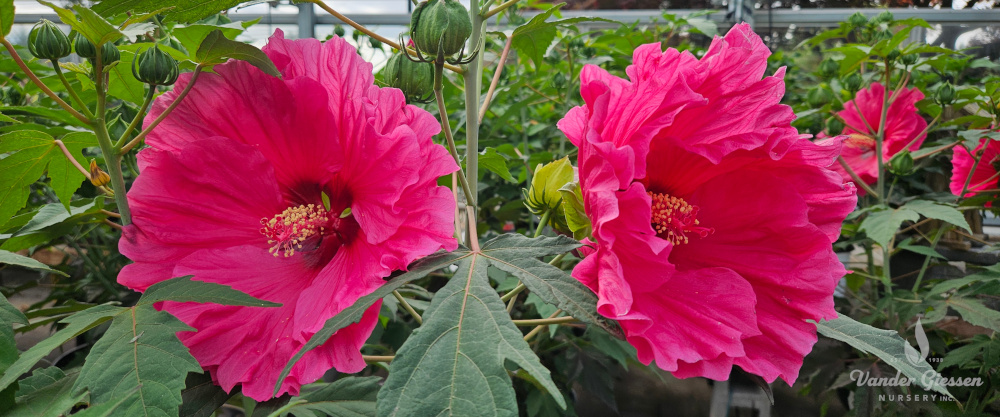

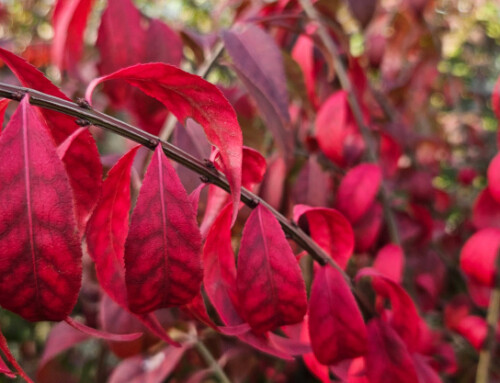
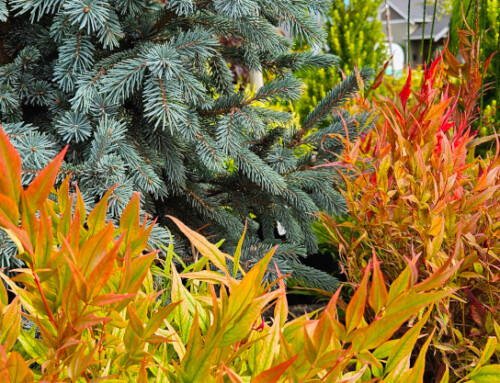
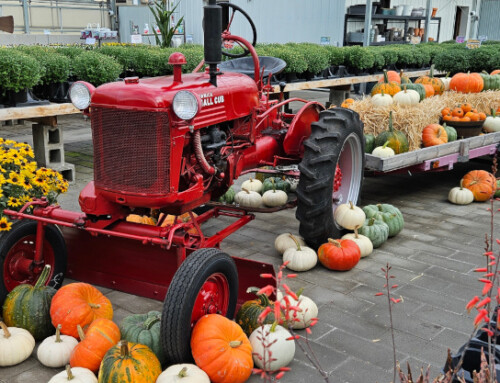
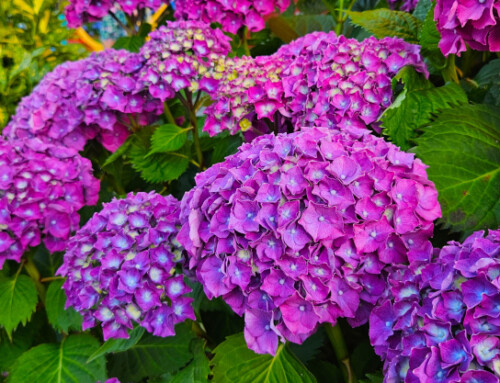
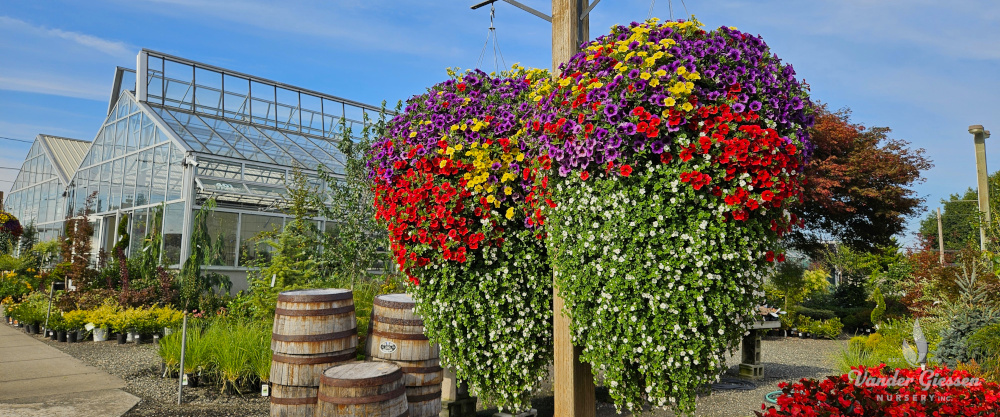
I’m patiently waiting to plant mums and pansies…my Hanging basket still is beautiful…I followed your instructions last spring…visiting your green house becomes my therapy…Ready to replant this September…loving the refreshing rain..